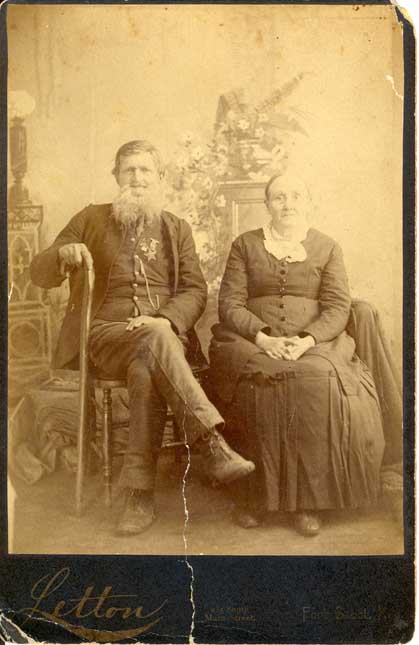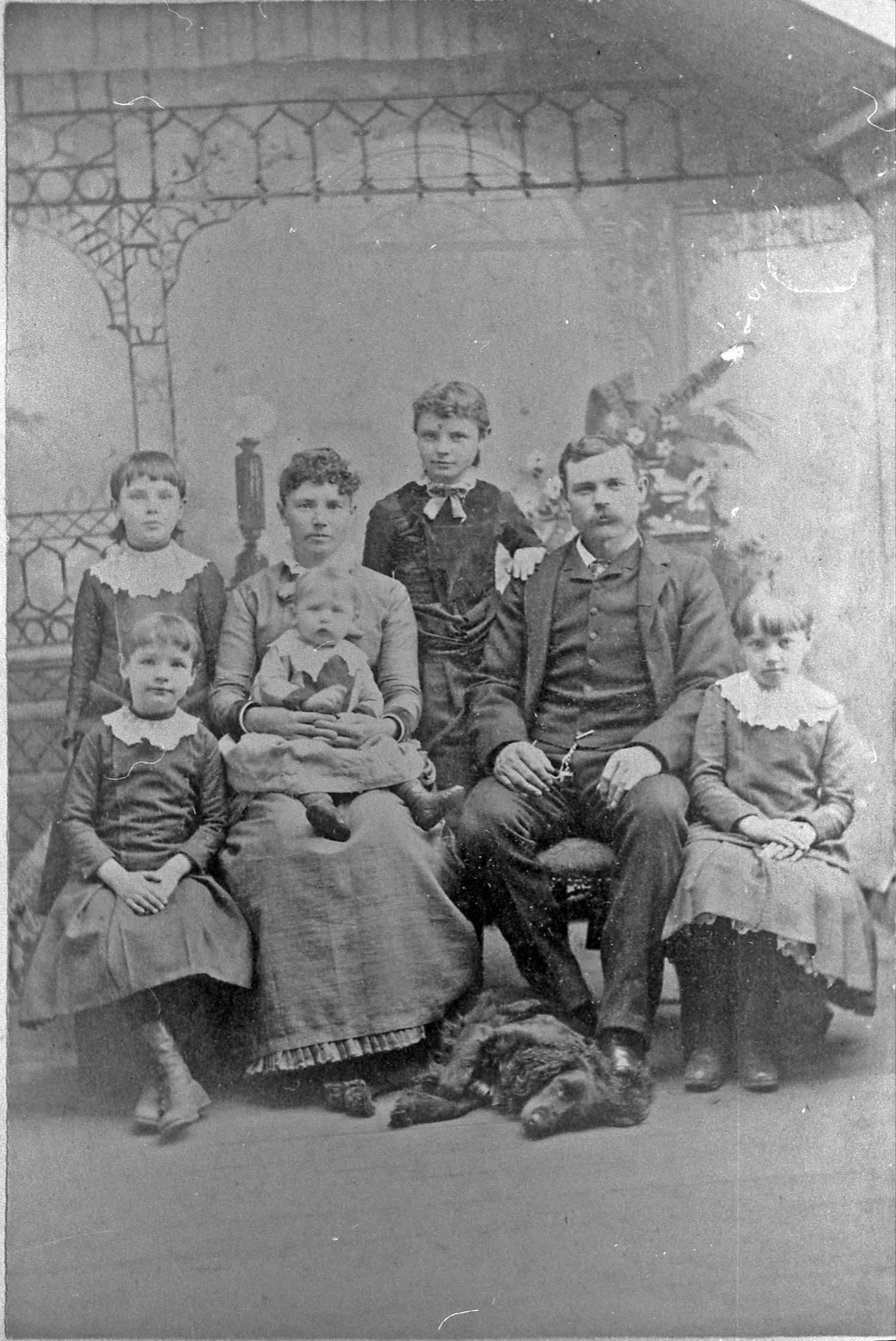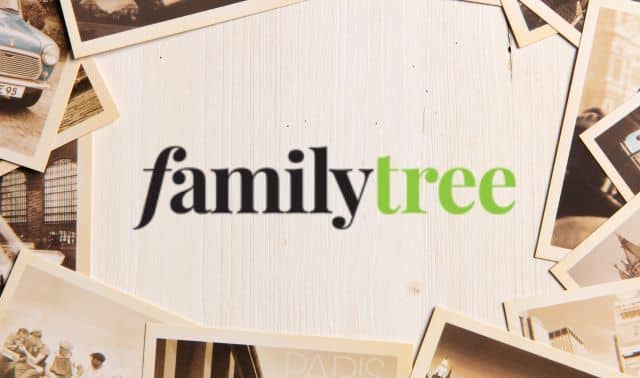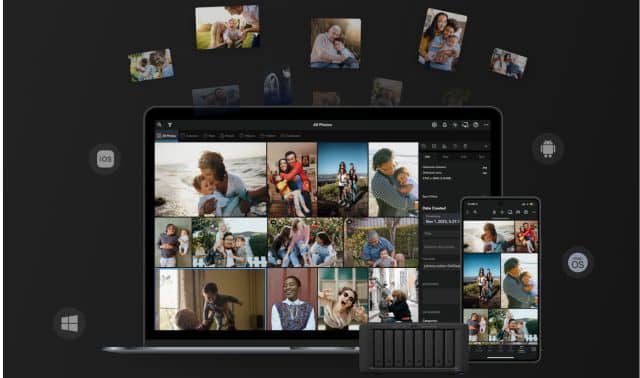Sign up for the Family Tree Newsletter Plus, you’ll receive our 10 Essential Genealogy Research Forms PDF as a special thank you!
Get Your Free Genealogy Forms
"*" indicates required fields
When June Thomazin submitted this photo of an elderly couple she also sent me an extensive account of her research. I’m so impressed by her efforts that I thought it would make a good topic for this column.
June’s dedicated months to her search for data. Here’s a summary:
In the fall of 2009 June received the above photo from a cousin. It was labeled W.C. Dunaway’s parents. According to her research this would mean that the subjects are James William Harvey Dunaway (1829-1880) and his wife Treacy Humphress Bateman (1820-1901).
She’s not sure this is correct, and actually thinks this photo depicts William Calvin Dunaway’s in-laws, Wesley (1821-1899) and Elizabeth Close Newman (1826-1919). Her goal was to determine a date for this photo. Since James Dunaway died in 1880 she’s hoping to prove it dates from later than that.
On Nov.18, 2009, June began researching the photographer. She contacted the Kansas State Historical Society, Fort Scott Public Library, the State Library of Kansas, and the Old Fort Genealogical Society. No luck. No one has any information on a photographer named Letton.
A John F. Letton appeared in the Masonic Directories for 1881, 1884, 1885 and 1898. He doesn’t appear in any of the Fort Scott City Directories in the collection of the Old Fort Scott Genealogical Society. No listing in 1865-66, 1871-72, 1875, 1879, 1883, 1888, 1889-90, 1891-92, 1893, 1896, and 1898.
In those city directories is a record of Wesley and Elizabeth. They lived in Fort Scott; James lived a few miles away. His widow, Treacy, moved to Fort Scott after his death in 1880.
On the same day, June learns of another picture (below) in another relative’s collection. It was taken circa 1888 and depicts William Calvin Dunaway and his family. It has the same background!
June also included notes in her timeline about sources she still needed to check.
In addition to contacting the facilities named above, June spent time researching the Grand Army of the Republic (GAR) ribbon worn by the husband in the first photo (we’ll take a closer look at this next week). The ribbon, dating from after 1876, identifies him as a member of the GAR, a veterans group. Wesley served during the Civil War.
Sanborn fire insurance maps for Fort Scott for 1884, 1888, 1893 and 1899 didn’t show any evidence of photo studio. Fire insurance maps often reveal details about the occupants of buildings in addition to construction materials.
Nor does Letton appear in Carl Mautz, Biographies of Western Photographers (Carl Mautz Publishing).
In January 2010, June spends more time trying to determine if any of the Lettons mentioned in census records for surrounding states could be the photographer who ends up in Fort Scott. There’s a Caleb Letton in the 1870 and 1880 federal census for Jacksonville, Ill.
Additional research on the style of the image, black cardstock with gold trim, suggests it dates from the late 1880s to early 1890s.
In early 2010 June sends the photo to me. She’s right about the cardstock. Black was one of the popular colors for cardstock in the mid-1880s.
The clothing worn by the wife also suggests that the picture dates from the mid-1880s. Her long bodice extends way past her hips and features an opening in the front. A lace color at the neckline was worn by women from the late 1870s into the mid 1880s.
It appears this couple was misidentified by whoever wrote the caption: “W.C. Dunaway’s parents—my great grandparents.” Photo labels are often incorrect, especially when written by someone who didn’t actually know the individuals in the image.
June feels this older woman looks like Catherine Newman Dunaway, the daughter of Wesley and Elizabeth.
One more detail clinches the identification. You’ll see two tintypes in the September issue of Family Tree Magazine. I’ll blog about the facial feature that is an identification clue.
June’s research paid off. She spent at least two long days following up on clues, consulted her family history and then contacted experts to help her.
Excellent job!!
ADVERTISEMENT






